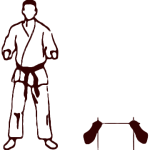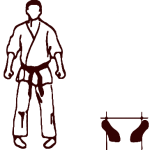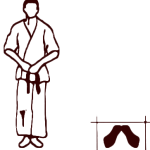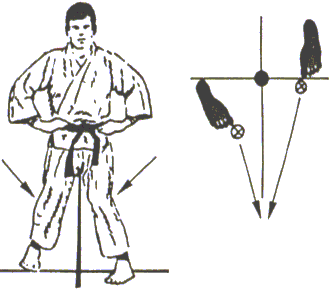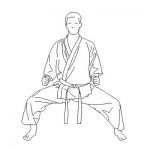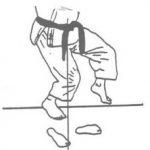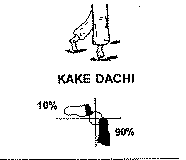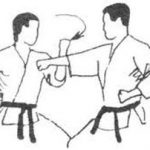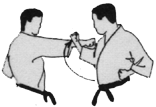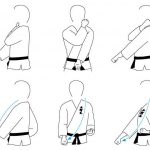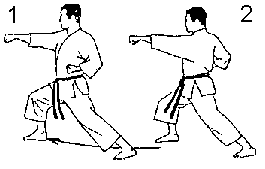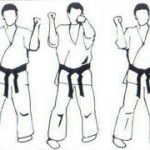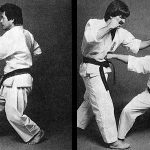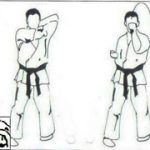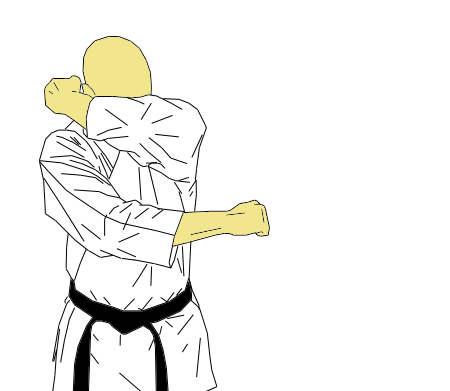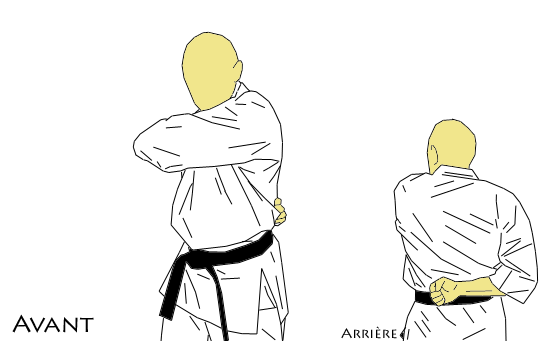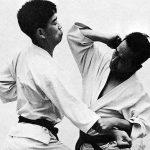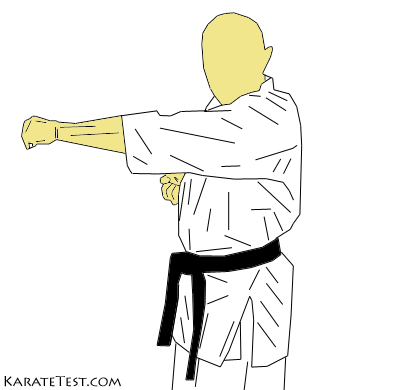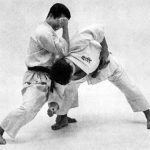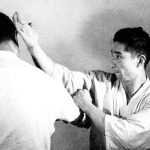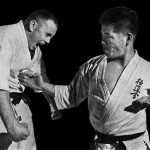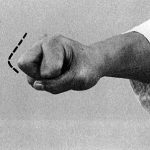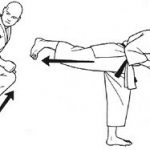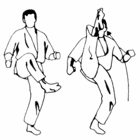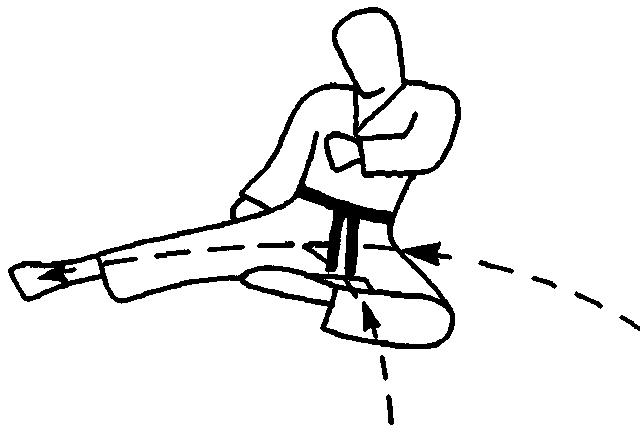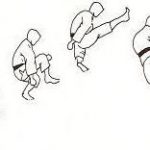This is a basic glossary of terms found in Kyokushin Karate, with definition and audio Pronunciation.
- How to read Japanese in English alphabet (rōmaji): English vowels a=ah, i=ee, u=oo, e=eh and o=oh
- A macron or a line over a vowel indicates that it is pronounced for twice the length of the vowel without a macron or a line. Sometimes an “h” is added instead. However, these sounds are just approximations and there are some exceptions
- Click images for full size
Copyright notice. Some images/animations below are from Smartdojo
Stances – Tachi Gata
Tachi denotes the configuration of the lower body; tachi gata are forms of stances.
Blocks – Uke
Punches & Strikes – Tsuki & Uchi
In karatedō, tsuki is usually translated as “punch,” but this is not correct. A better rendering would be “thrust.” Tsuki is differentiated from uchi 打ち (strike), in that the fist in tsuki moves along the same direction as the arm, while the hand in uchi moves circularly around the elbow or shoulder. The useful comparison is with kendō, in which tsuki has a very specific definition: a thrusting attack to the throat with the tip of the shinai, rather than a cut with the “edge”, uchi.
- Note that in a compound word, where tsuki does not come first, its pronunciation and writing changes slightly due to rendaku, and it is spelled and pronounced as “zuki“.
Kicks – Keri
*Please note that in a compound word, where keri does not come first, its pronunciation and writing changes slightly, becoming geri. Eg. “Keri” = “Kick” but “Mawashi-geri” = “Round Kick”
